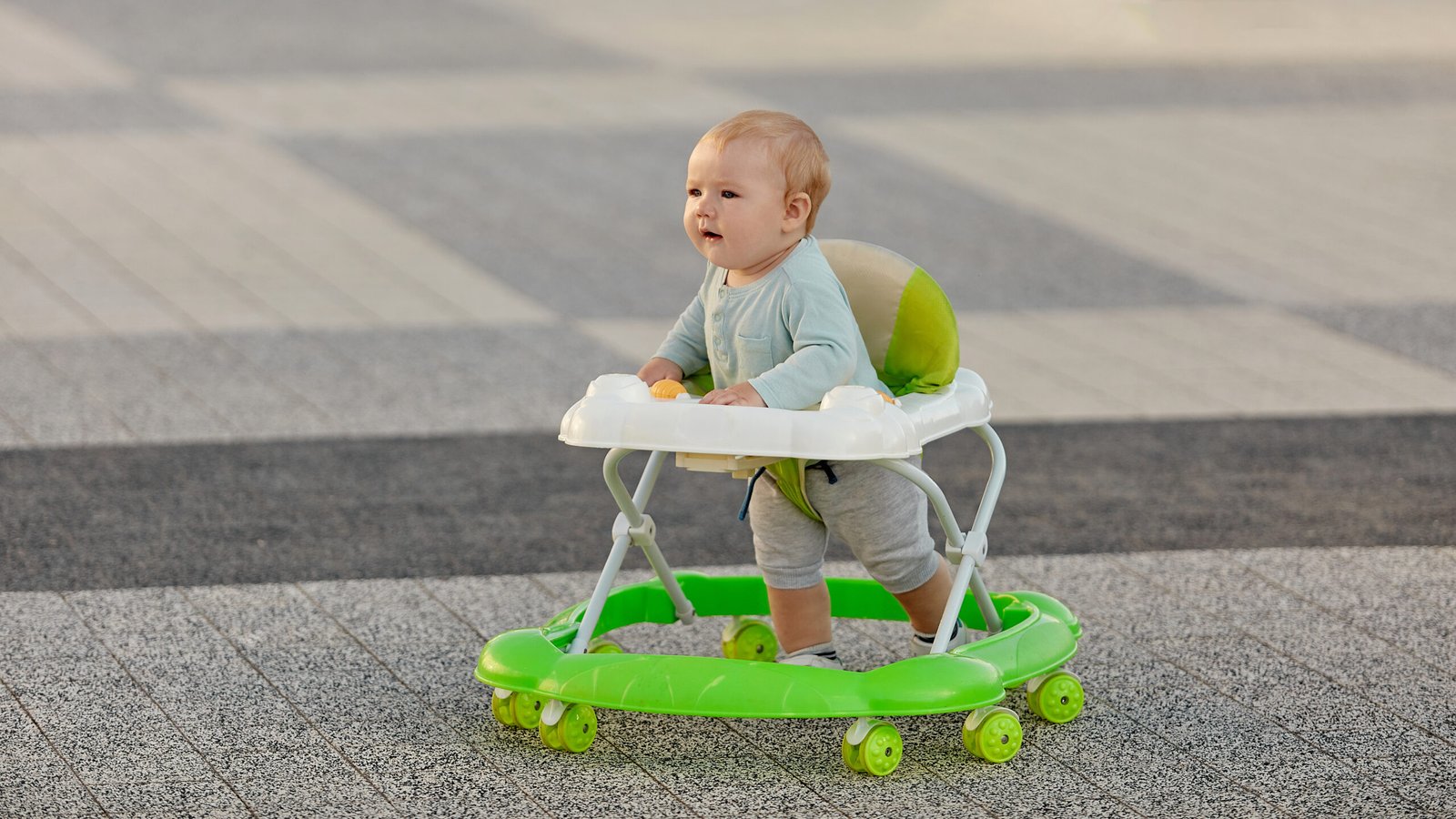As a parent and an educator, I’ve observed the evolving role of baby walkers in childcare. Here, we’ll explore the historical development of baby walkers and their benefits, alongside addressing the concerns raised by health professionals.
[toc]
Key Takeaways
- Trace the history of baby walkers from the 14th and 15th centuries to modern times.
- Understand the benefits and potential risks associated with baby walker use.
- Learn about the differing views of healthcare professionals regarding baby walkers.
Historical Background of Baby Walkers
- Originating centuries ago, baby walkers have evolved significantly. Early versions can be seen in art from the 14th and 15th centuries.
- Initially known as baby cages or walking stools, various safety features were experimented with, including protective cages and soft surrounds.

The Evolution of Modern Baby Walkers
- Patented in the 1870s in the USA, baby walkers have undergone significant changes in design and safety, resulting in the modern versions we see today.
Benefits and Concerns of Baby Walker Use
Encouraging Exploration and Movement
- Although recommended from the fifth month, baby walkers are commonly used after the sixth month.
- They enable babies to explore their environment before they can walk, providing a break for parents from constantly carrying the increasingly heavy child.
The Dilemma of Urban Living
- In urban settings with limited space, baby walkers have become a practical solution for busy parents, offering an alternative to keeping babies occupied with screens.
Health Professional’s Views
- While initially endorsed for aiding in motor and cognitive development, recent studies have raised doubts about these benefits.
- Ongoing research is examining the impact of baby walkers on developmental milestones in infants.
Risks Associated with Baby Walkers
- The primary concern with baby walkers is the increased risk of accidents, such as burns from touching hot objects or tumbling down stairs.
- As a result, some countries like Canada have restricted the sale and advertising of baby walkers.
Conclusion: Balancing Safety and Benefits
- While acknowledging the risks, it’s important to improve the safety features of baby walkers rather than relying solely on technology for baby entertainment.
- Personal experiences and observations often guide parents in deciding whether to use baby walkers.

